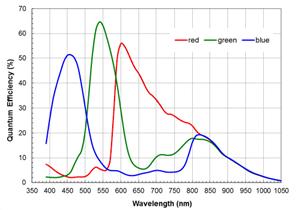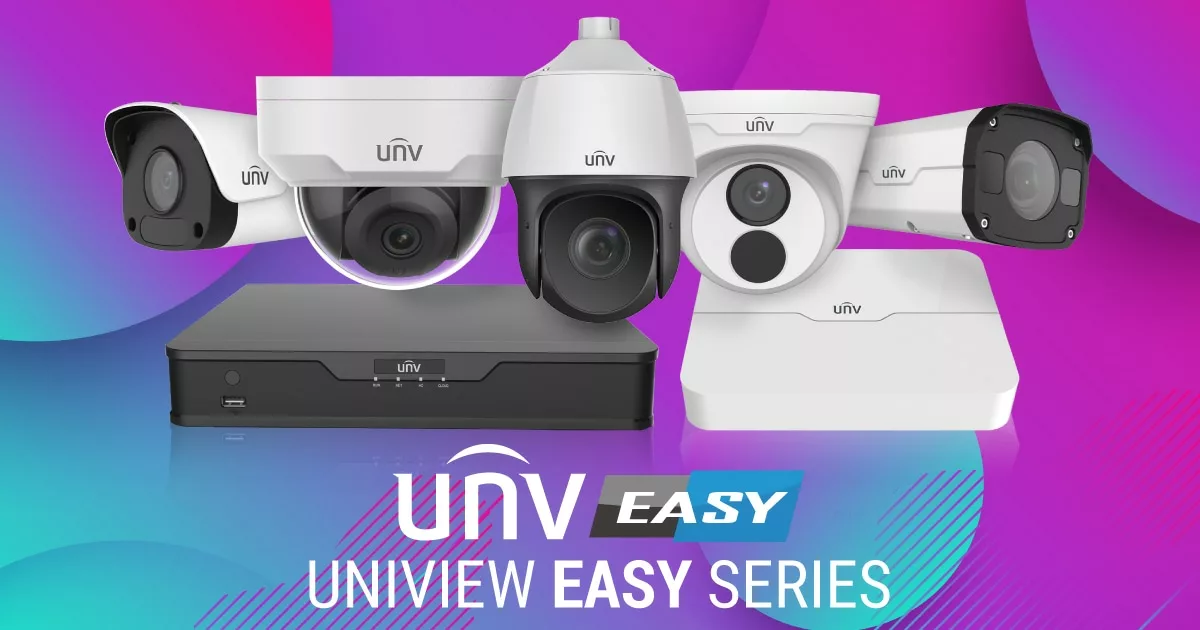Uniview PixelSense Technology – Day/Night Switch Triggered by Image Illumination
The main goal of video surveillance is seeing clearly anytime and anywhere. Cameras need to provide high-resolution and colourful images in different light conditions, for example, day & night are two essential scenes due to different illuminations during a 24 hour period. Without enough brightness entering the sensor in low light conditions, the infrared ray can be considered as a key light compensation technique to help display black-white images.
Uniview’s unique PixelSense technology has replaced the hardware coupler to achieve an accurate and sensitive detection of a real surveillance scene with high illumination. Currently, all IP cameras in the Uniview Easy Series support Uniview PixelSense technology.
Limitation of traditional photoreceptive hardware design
Photo-resistor and photodiode are two kinds of electronic components that are widely used in cameras. They detect the illumination of surveillance scene so that the IR cut can be properly shifted to provide light compensation in a low-light situation. They are sensitive to light and temperature which controls the current of the circuit. When they detect a decrease in brightness, the IR lamp turns on to provide light compensation. However, there are a few disadvantages amongst this hardware design, which does bring unavoidable issues, such as:
- Detecting the illumination of the installation environment instead of the scene image
- Potential hardware failure point
- Impact on waterproof and dust-proof performance
How does PixelSense work?
The innovative Uniview PixelSense makes a huge difference. A patented ISP smart algorithm is combined with Uniview’s advanced sensor. This has a particular pixel photoreceptive performance which more accurately detects the day and night scene change. With its high-precision pixel units the sensor is more effective in detecting illumination of captured information. Furthermore, the detailed data of the illumination will map to a corresponding RGB curve of pixels, and then the ISP algorithm can intelligently analyse and process the curve to judge brightness. Therefore, cameras are capable of determining if the IR cut needs to be switched.

Advantages of Uniview PixelSense
(1) Detect the illumination of real monitoring scene
Cameras with PixelSense technology are only affected by the brightness of the real surveillance scene. In other words, they are not influenced by the installation environment, which is great for users and installers. PixelSense solves problems such as the IR cut shifting incorrectly, or devices not quickly switching back to provide colourful images. In summary, it is more accurate and sensitive.
(2) Extremely low failure probability
As mentioned previously, by using traditional hardware components, they are easily affected by factors such as water and dust. This indicates the high possibility of hardware failure. Software-based PixelSense technology has an extremely low software application failure rate, therefore, removing the extra cost of hardware damage. It is also more reliable than the normal day & night change detection method.

